How new (and experienced) Heads can harness the real power of a SWOT analysis.
A SWOT (strengths, weaknesses, opportunities and threats) analysis conducted by a school Head can provide a rich source of information and perspective that prompts deep thinking about where the school is, potential aspirations for the future and capabilities and structures necessary for success.
The result of an analysis identifies the critical strategic questions and avoids the tendency to devise answers to questions that really don’t matter. Because the SWOT involves interviews, it’s also an effective way to begin developing relationships with key stakeholders, especially for new Heads.
In particular, the one-on-one sessions with Board members can provide a new Head invaluable perspective on the values and priorities of these important stakeholders. If a particular Board member thinks the sport program needs major improvement, a new Head needs to know that information sooner rather than later. If a major donor believes that counselling is weak, this is critical information as she and the new Head develop a relationship. In short, the interviews can provide perspective that allows the new Head to navigate conversations and think about the possible zigs and zags she may need to take going forward.
But the most important reason for a new Head to conduct a SWOT is to develop her own independent perspective of the school. As the new Head begins to formulate impressions, she now has a basis for determining if key stakeholders are seeing what she is seeing. She can begin assessing the extent of the challenge to build consensus and effect change. For instance, in an effort to determine the quality of teaching, a new Head may sit in on several classes to get to know the school’s most important work. Although she is clear with teachers that she is not sitting in on their classes to evaluate them, she, nonetheless, will have some impressions about each teacher whose class she visits. With these impressions, the new Head has an opportunity to test them with academic administrators to determine the degree of alignment. If the dean of faculty thinks that Ms Jones is a great English teacher, and the new Head sees her as mediocre at best, this variance is critical information for the new Head to have.
In the analysis of their respective schools, new Heads have to identify potential barriers to change, including an absence of alignment, to ensure that their efforts will have the intended impact. Leaders who assume that if they decree it, it will happen, are living in a fantasy world. But a new Head’s analysis of the school has further benefits.
I value humility in a leader. As an Independent school search consultant, I associate humility with learning, and being a learner is one of the key qualities of effective leadership. But under certain circumstances, I have seen the value of being the ‘expert’. Let me explain by describing a composite of schools I have encountered over the last nine years.
XXY Academy has just hired a new Head who started four months ago. The school has been struggling with enrolment since the 2008 financial crisis and during that time, has had two Heads of School in addition to the new one. The school’s enrolment has dropped from 1,000 to 850 students in the last ten years. The loss of students has impacted many facets of the school’s operation: most notably, teacher salaries, class size and the sports program. Board members have a myriad of theories about why enrolment has not bounced back: fees are too high, sport is weak, the school is not getting the ‘word’ out, the admissions director is ineffective and more. Many of the Board are exasperated as they have been espousing their respective theories for years to no effect. Each one knows something is wrong and supposedly knows how to fix it. They just need a Head who ‘gets it’. Most of the Board members are also parents.
Enter the fictional Frank Smith, the new Head of School, hired to solve the enrolment problem. Here is the reality behind the enrolment crisis Frank faces:
- The balance of power is clearly with the Board, as is the case with many leadership transitions in Independent schools.
- The Board consists mostly of parents; thus, the Board member’s judgment about the long-term sustainability of the school is clouded by the experience of their children — both positive and negative.
- Board member theories about the low enrolment are, at best, superficial and certainly not supported by data, much less a sophisticated interpretation of data.
In essence, Frank has a Board with too much power, shaky judgment and little knowledge of how to effectively address the enrolment challenge — not a group of people that should engender confidence in developing an effective plan. Add to this scenario the real possibility that Frank is a first-time Head who came up through the academic ranks with little knowledge of working with a Board.
Despite what you might think, Frank’s first task isnot to devise a plan to address the enrolment decline. Rather, it is to re-balance the power between administration and the Board, while achieving some degree of consensus about the nature of the problem. In short, Frank needs to earn power by demonstrating to the Board that he knows what he is talking about, at least when it comes to understanding thereal challenges the school is facing. This is a necessary prelude to getting the power brokers on the same page. Moving forward without a clear consensus about the real nature of the problem is a prescription for constant re-litigation. Quagmire wins.
In order to be the convincing expert, Frank must study the school, its history, its competition, as well as current and recent data. He must understand parent and faculty perspectives and the drivers and barriers associated with behaviour in the market. Frank needs to present his SWOT analysis to the Board, demonstrating that he has done his homework and speaks with a degree of authority. In doing so, he forces the Board to think strategically, to ground decisions in data instead of the experiences of their children, and most importantly, to make the Head a full partner – if not the leader – in devising strategies for addressing the enrolment challenges.
New Heads are often told that they should develop relationships with key stakeholders in the first year, especially the Board members, administrators and faculty. This is sound advice, but a new Head must also systematically understand the school and its challenges at a deep level. If the honeymoon phase is simply a feel-good time, the new Head has missed an opportunity. In addition to establishing relationships, the new Head has to become ‘the expert’, whose research and resulting knowledge points to a new, more strategic approach to adding value. That knowledge needs to be shared with trustees in a clear and compelling presentation that stokes confidence in her leadership.
Please note that I do not recommend that new Heads constantly prove they are the most intelligent people in the room. However, early in their tenure, they must demonstrate their expertise in order to establish a healthier balance of power with their Boards and create a foundation for real change by introducing a strategic perspective. You might think that a SWOT analysis is best left to a consultant in preparation for developing a strategic plan. However, the consultant’s work should never be a substitute for the Head’s own deep analysis of the school. That analysis can often engender confidence in the Head’s leadership and the analysis has immense value by facilitating the Head’s deep learning of the school. That learning will factor into the development of strategy.
insight applied
- A whole-of-school SWOT analysis is best undertaken by the Head.
- One-on-one interviews provide invaluable insights.
- Demonstrate expertise through a strategic SWOT presentation to build trust with stakeholders.







